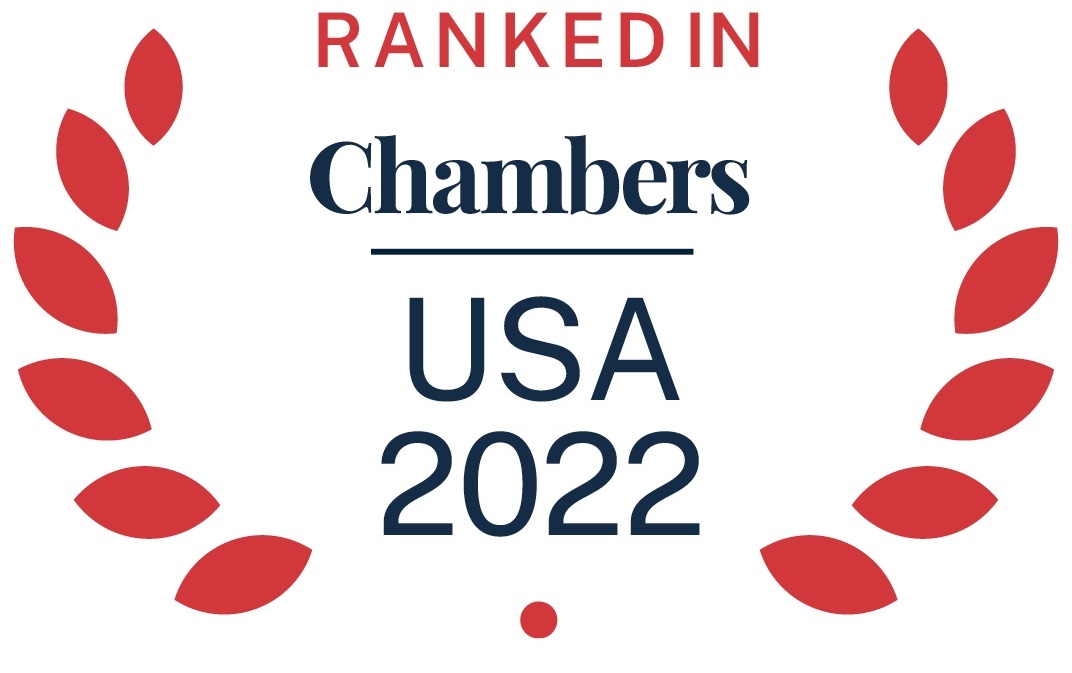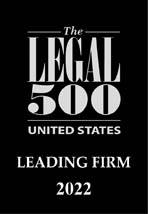There was significant antitrust activity in the third quarter of 2019. In the United States, the Federal Trade Commission (FTC) and Department of Justice (DOJ) continued an active docket challenging M&A transactions. DOJ is resolving antitrust reviews significantly faster than the FTC, following DOJ’s 2018 policy establishing a six-month target. The DOJ also made use, for the first time, of its authority to arbitrate a market definition dispute, potentially opening the door for a new tool the DOJ could employ to resolve challenges more rapidly.
In the European Union, the European Commission (EC) agreed to clear, subject to conditions, the acquisition of broadband and energy networks following lengthy Phase 2 investigations. Meanwhile, the national European regulators opened new in-depth investigations into commercial radio advertising, software as a service for airlines, autonomous sea surface vehicles and the promotion of live music events (all in the UK) and prohibited the merger of two recyclers (Germany).
read more

 Subscribe
Subscribe
